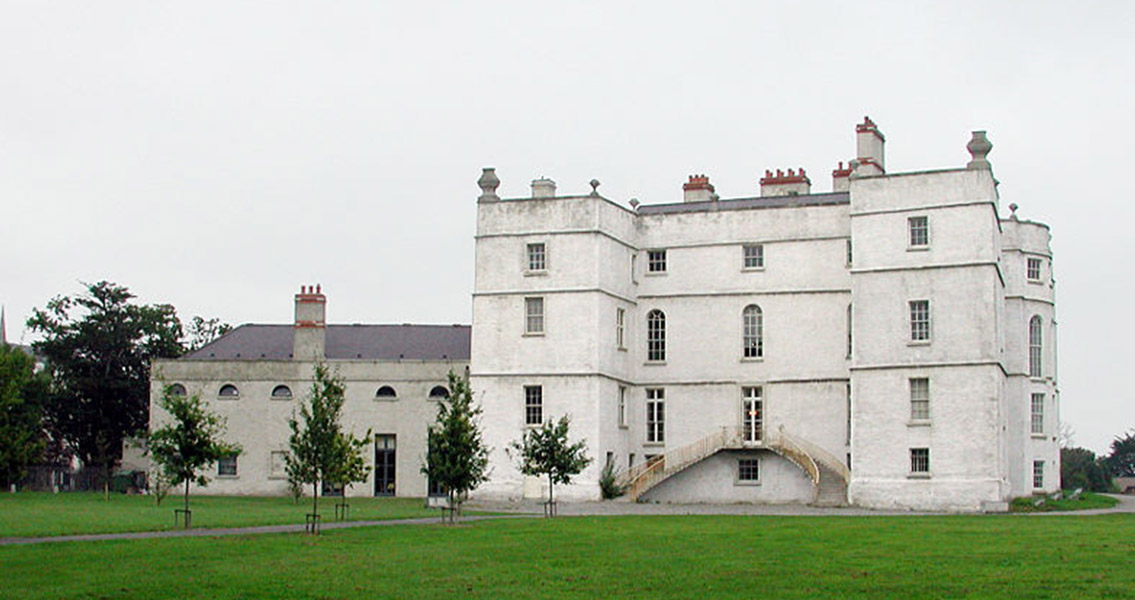<![CDATA[A well-preserved hoard of seventeenth century artefacts has been found in the underground lair of Rathfarnham Castle in Ireland. The items were discovered a month ago between two stone floors at the bottom of one of the castle towers, by construction workers installing a lift shaft. Among the items were clay pipes, porcelain, jewellery, a foldable toothbrush, chamber pots, coins, porcelain, crystal goblets, ointment jars and wine bottles. Rathfarnham Castle could have been a party house for the wealthy, elite and fashionable stated Alva MacGowan, supervisor of Archaeology Plan, the organisation commissioned to deal with the hoard. The castle was built in 1583 by Lord Adam Loftus, then the Archbishop of Dublin. The contents of the hoard have been dated to the late seventeenth century, and belonged to Loftus' descendants. Oliver Cromwell and his colleagues held council from the castle after they took hold of Ireland in 1649. Interestingly, a Cromwellian era armour breastplate found in the castle seems to feature a hole from a musket shot. The castle had been built as a semi-fortified structure for battle, but was altered in the eighteenth century to look more like a Georgian house. It's a four-storey building with a projecting tower at each corner. The walls are as thick as five feet in some places. On the ground level are two vaulted apartments divided by a wall that is nearly ten feet thick, and rises to the full height of the castle. On another level of the building are eighteenth century reception rooms, situated underneath a large ballroom. During the Irish rebellion in 1641 the castle came under siege, but was able to hold on even after the rest of Ireland had been overrun. The Loftus family retained ownership of the castle despite Lord Loftus' son and heir being imprisoned for opposing the Treaty of Cessation, the document designed to stop the fighting between the Irish and English. Organic remains of food were also found, including apricots, crumbs, tea leaves, peaches, and cherry pips. The discovery of the tea leaves is significant, as tea was not introduced into England until 1650. Porcelain tea sets imported from China were also found. The Loftus family seem to have enjoyed luxurious goods from all over the world, showing that Ireland was not as isolated in the seventeenth century as is traditionally believed. The reason the items were hidden underground could be that the family were so rich they stowed away their excess. Another explanation is that they got rid of the items simply because they weren't in fashion anymore. At the moment steps are being taken to conserve as much of the hoard as possible. The researchers are trying to connect the artefacts to their owners, to learn more about them. The aim is to eventually display the items in Rathfarnham Castle itself. ]]>
16th Century Irish Castle Could Have Been "Party House"
